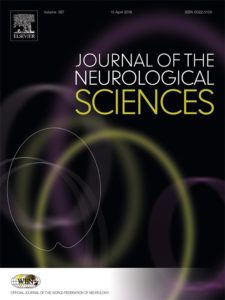Objective: Concussion is the most common type of traumatic brain injury, and results from impact or impulsive forces to the head, neck or face. Due to the variability and subtlety of symptoms, concussions may go unrecognized or be ignored, especially with the pressure placed on athletes to return to competition. The King-Devick (K-D) test, an oculomotor test originally designed for reading evaluation, was recently validated as a concussion screening tool in collegiate athletes. A prospective study was performed using high school football players in an attempt to study the K-D as a concussion screening tool in this younger population.
Methods: 343 athletes from four local high school football teams were recruited to participate. These athletes were given baseline K-D tests prior to competition. Individual demographic information was collected on the subjects. Standard team protocol was employed to determine if a concussion had occurred during competition. Immediately after diagnosis, the K-D test was re-administered to the concussed athlete for comparison to baseline. Post-season testing was also performed in non-concussed individuals.
Results: Of the 343 athletes, nine were diagnosed with concussions. In all concussed players, cumulative read times for the K-D test were significantly increased (p < 0.001). Post-season testing of non-concussed athletes revealed minimal change in read times relative to baseline. Univariate analysis revealed that history of concussion was the only demographic factor predictive of concussion in this cohort.
Conclusion: The K-D test is an accurate and easily administered sideline screening tool for concussion in adolescent football players.
Summary Points:
- 343 high school football athletes completed pre-season baseline K-D test.
- The K-D test was administered promptly after the on-field concussion diagnosis for comparison to baseline.
- Nine players were diagnosed with a concussion during season.
- Sideline K-D test times were significantly worse compared to baseline among concussed players.
- K-D Test scores in non-concussed athletes showed a minimal improvement from pre- to post-season.
- No non-concussed athletes had an increase or worsening in K-D test time compared to baseline, which supports the instruction that any increase in K-D test time is indicative of a concussion.

